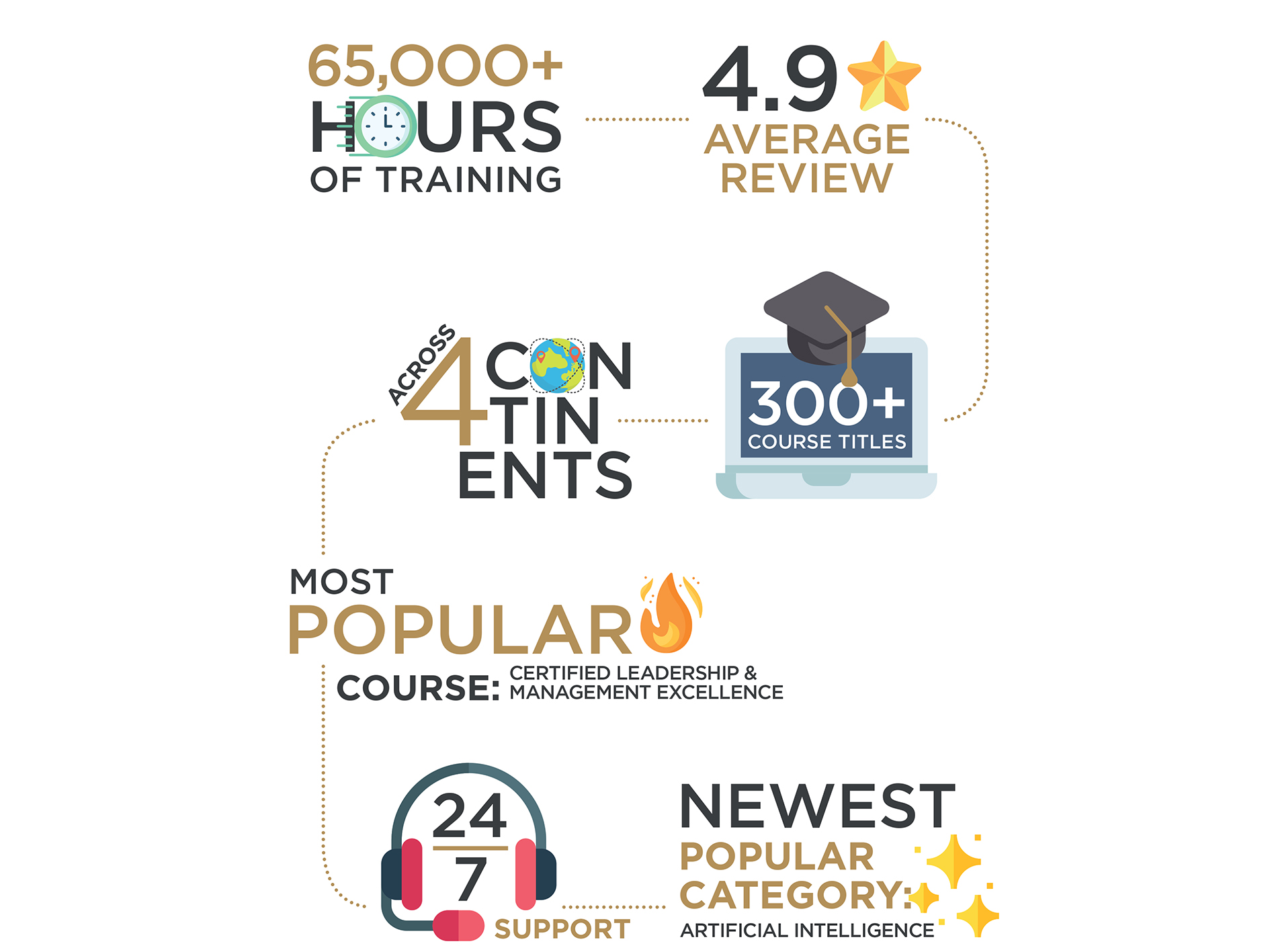Nowadays, organisations are constantly seeking ways to improve efficiency. One of the most effective strategies is simplifying work processes and procedures. When workflows are straightforward and streamlined, teams can operate with greater focus, fewer errors and improved productivity. However, even the most talented teams can become bogged down in inefficiencies when the workflows are overly complex.
This blog explores how simplifying your processes can benefit your organisation and outlines practical steps to help you make improvements immediately. Here are some points we will cover:
-
Why Process Simplification Matters
-
Understanding Your Processes: Analysis and Mapping
-
Redesigning and Simplifying Work Procedures
-
Managing Change Through Communication
-
Tracking Progress and Sustaining Improvement
-
Why Process Simplification Matters
Every organisation has processes. Over time, those processes can become bloated with unnecessary steps, leading to outdated practices or redundant approvals. The result is slower performance with higher costs. Such acts frustrate employees.
Simplification helps eliminate those inefficiencies. When processes are easier to follow, work gets done faster and with fewer mistakes. It also becomes easier to train new employees, monitor performance, and adapt to changing business needs. Ultimately, process simplification supports a more agile and resilient organisation.
-
Understanding Your Processes: Analysis and Mapping
Before you proceed to simplify, you need to understand what you're working with. Process analysis and mapping are essential tools in this stage. By visually documenting how tasks are completed, you can uncover problem areas that aren't always obvious.
Flowcharts can show the step-by-step sequence of a task, while tools like diagrams help provide a broader overview by identifying the suppliers, inputs, processes, outputs, and customers involved. Another valuable technique is value stream mapping, which highlights which steps in a process add value and which do not.
Through these mapping exercises, patterns emerge. You might find, for example, that several approval steps could be combined or that manual data entry is causing delays. With this clarity, you can begin redesigning processes with simplification in mind.
-
Redesigning and Simplifying Work Procedures
Once you've identified inefficiencies, it's time to develop streamlined and easier-to-follow procedures. The key is to focus on clarity, purpose, and consistency. Each procedure should be directly tied to a business need and structured to avoid unnecessary complexity.
This means eliminating redundant steps and automating tasks where appropriate to ensure documentation is clear and easy to understand. It is also wise to avoid jargon and stick to straightforward language. Standardising formats can also help employees quickly grasp what's expected of them.
Well-structured procedures are not just more efficient; they also build confidence and accountability across the organisation.
-
Managing Change Through Communication
Even the best-designed processes won't succeed if people don't understand or resist using them. That's why change management and communication are essential for facilitating staff and stakeholders.
Employees should be involved early in the simplification journey. Their insights can reveal practical challenges and opportunities that leadership might overlook. More importantly, involving staff helps create a sense of ownership and reduces resistance to change.
Communicate clearly why changes are being made and how they will benefit both the organisation and the individuals involved. Offer training and support, and be available to answer questions. Keep communication open and ongoing to address concerns quickly and transparently.
-
Tracking Progress and Sustaining Improvement
Simplification is an ongoing practice. It's important to track and measure outcomes to ensure changes are effective.
For instance, start by setting clear metrics that align with your goals. You might monitor how long a process takes before and after simplification, track error rates, or gather employee feedback on how the new procedure works. Over time, these insights will show whether your efforts are delivering results and where further improvements can be made.
Regular reviews of your processes help ensure they remain relevant, efficient, and aligned with your organisation's evolving needs.
If you would like to learn more, the Simplifying Work Processes and Procedures training course by London Training for Excellence is a great place to start. This programme offers practical strategies, expert insights, and hands-on tools to help you implement lasting process improvements in your workplace.
Author: LondonTFE
London Training for Excellence is a distinguished UK-based training company renowned for its global reach and exceptional educational offerings. With a team comprised of passionate and knowledgeable industry experts, we consistently deliver high-quality, award-winning courses and 'real-life’ lessons, guaranteeing that all our clients benefit from the utmost standards of excellence throughout their educational journey.
 All Courses
All Courses
 Accounting and Finance
Accounting and Finance Administration and Office Management
Administration and Office Management Business Administration
Business Administration Chemical Engineering
Chemical Engineering Communications and Public Relations (PR)
Communications and Public Relations (PR) Compliance and Legal
Compliance and Legal Construction Management
Construction Management Contract and Project Management
Contract and Project Management Customer Experience and Relationship Management
Customer Experience and Relationship Management Data Management and Business Intelligent
Data Management and Business Intelligent Digital Transformation
Digital Transformation Energy and Sustainability
Energy and Sustainability Health, Safety and Environment
Health, Safety and Environment Healthcare Management
Healthcare Management Hospitality & Tourism
Hospitality & Tourism Human Resources and Talent Development
Human Resources and Talent Development Industrial Manufacturing and Production
Industrial Manufacturing and Production Innovation and Artificial Intelligence (AI)
Innovation and Artificial Intelligence (AI) Leadership and Management
Leadership and Management Oil and Gas
Oil and Gas Procurement & Supply Chain Management
Procurement & Supply Chain Management Public Sector
Public Sector Quality and Productivity
Quality and Productivity Retail and E- Commerce
Retail and E- Commerce Sales and Marketing
Sales and Marketing Sports Event Management and Operations
Sports Event Management and Operations Strategy and Business Planning
Strategy and Business Planning Sustainability and CSR
Sustainability and CSR Learning Solutions
Learning Solutions
 About Us
About Us
 iLearn Blog
iLearn Blog
 Directory Calendar
Directory Calendar
 Contact Us
Contact Us
 All Courses
All Courses
 Accounting and Finance
Accounting and Finance Administration and Office Management
Administration and Office Management Business Administration
Business Administration Chemical Engineering
Chemical Engineering Communications and Public Relations (PR)
Communications and Public Relations (PR) Compliance and Legal
Compliance and Legal Construction Management
Construction Management Contract and Project Management
Contract and Project Management Customer Experience and Relationship Management
Customer Experience and Relationship Management Data Management and Business Intelligent
Data Management and Business Intelligent Digital Transformation
Digital Transformation Energy and Sustainability
Energy and Sustainability Health, Safety and Environment
Health, Safety and Environment Healthcare Management
Healthcare Management Hospitality & Tourism
Hospitality & Tourism Human Resources and Talent Development
Human Resources and Talent Development Industrial Manufacturing and Production
Industrial Manufacturing and Production Innovation and Artificial Intelligence (AI)
Innovation and Artificial Intelligence (AI) Leadership and Management
Leadership and Management Oil and Gas
Oil and Gas Procurement & Supply Chain Management
Procurement & Supply Chain Management Public Sector
Public Sector Quality and Productivity
Quality and Productivity Retail and E- Commerce
Retail and E- Commerce Sales and Marketing
Sales and Marketing Sports Event Management and Operations
Sports Event Management and Operations Strategy and Business Planning
Strategy and Business Planning Sustainability and CSR
Sustainability and CSR Learning Solutions
Learning Solutions
 About Us
About Us
 iLearn Blog
iLearn Blog Directory Calendar
Directory Calendar
 Contact Us
Contact Us















































 Course category
Course category Course Venue
Course Venue
